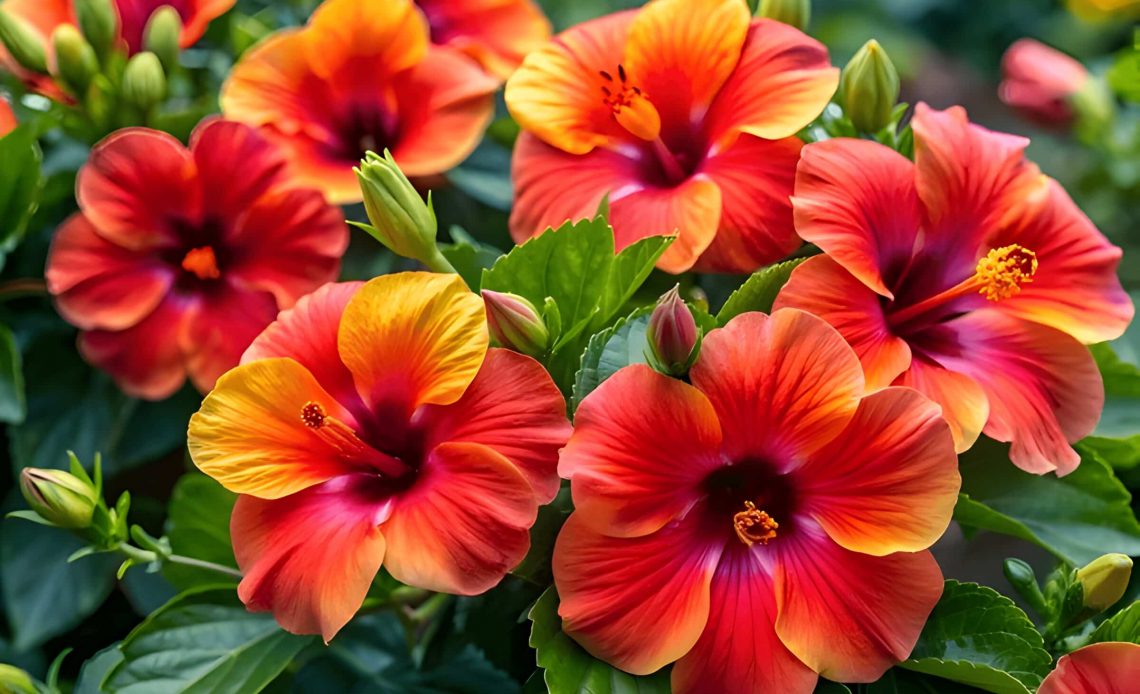
Nature’s canvas is adorned with a stunning array of floral masterpieces, and among these, certain blooms stand out for their exceptional delicacy. These fragile flowers, with their ethereal beauty and gentle nature, captivate hearts and demand tender care. Let’s embark on a journey to discover ten of the most delicate flowers that grace our world.
Most Delicate Flowers
Nature’s artistry is often expressed in the most subtle and fragile forms. Among the countless blooms that adorn our world, a select few stand out for their delicate beauty. These fragile flowers, with their ethereal petals and gentle grace, are a testament to the wonders of the natural world.
1. Orchids
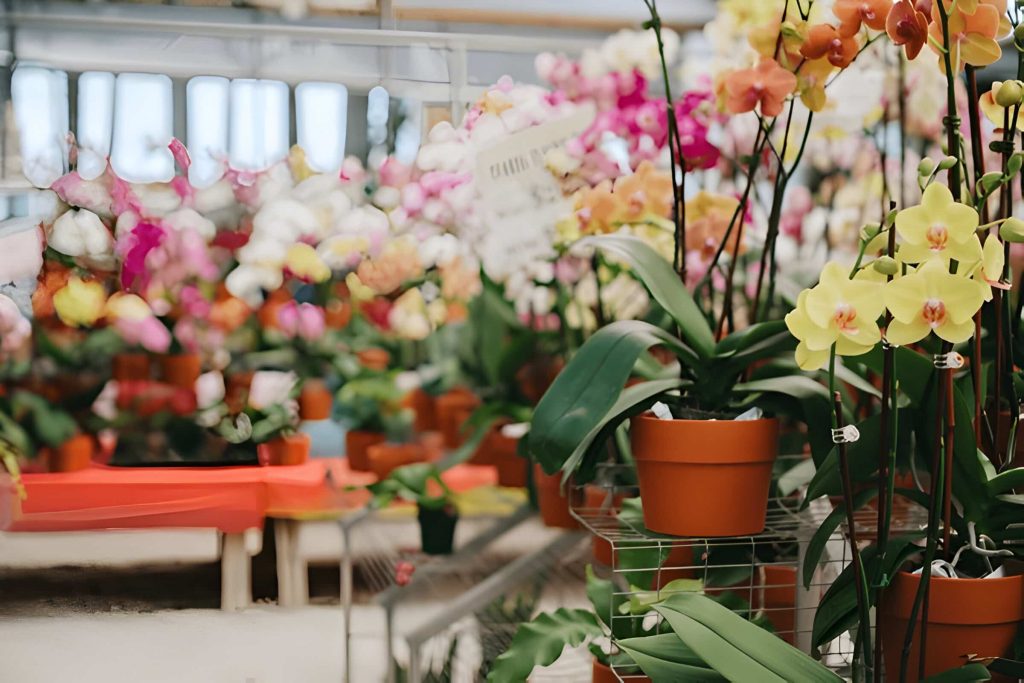
Orchids reign supreme as the epitome of fragile beauty. Their intricate petals and diverse forms enchant flower enthusiasts worldwide. These exquisite blooms command attention with their unparalleled grace and sophistication. Orchids are delicate flowers that symbolize elegance and refinement.
2. Frangipani (Plumeria)

Hailing from tropical paradises, Frangipani boasts a captivating allure. Its soft, velvety petals unfurl in a mesmerizing display of color. This delicate flower exudes a sweet fragrance, transforming any space into a fragrant oasis. Frangipani, a fragile flower, adds a touch of exotic charm to gardens and homes. Often associated with spring, the plumeria represents new life, birth, and fresh starts.
3. Hibiscus

Despite its large, showy blooms, the hibiscus possesses a surprising fragility. Its papery petals shimmer in the sunlight, revealing a gentle nature beneath its bold appearance. This tropical beauty adds a touch of elegance to any garden. Hibiscus, a delicate flower, combines strength and fragility in its captivating blooms.
4. Bougainvillea
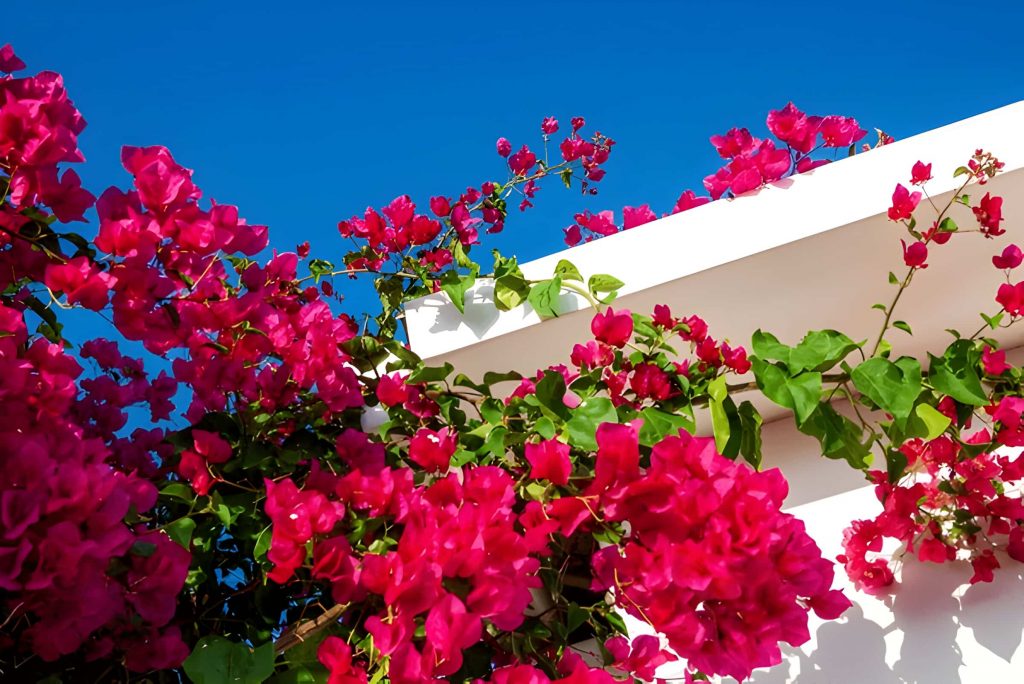
Bougainvillea may appear tough with its thorny exterior, but its papery bracts conceal a delicate heart. These vibrant hues create a stunning spectacle, yet the flower itself remains surprisingly fragile. Bougainvillea, a delicate flower, showcases the beauty of contrast between its tough exterior and fragile nature.
5. Ixora
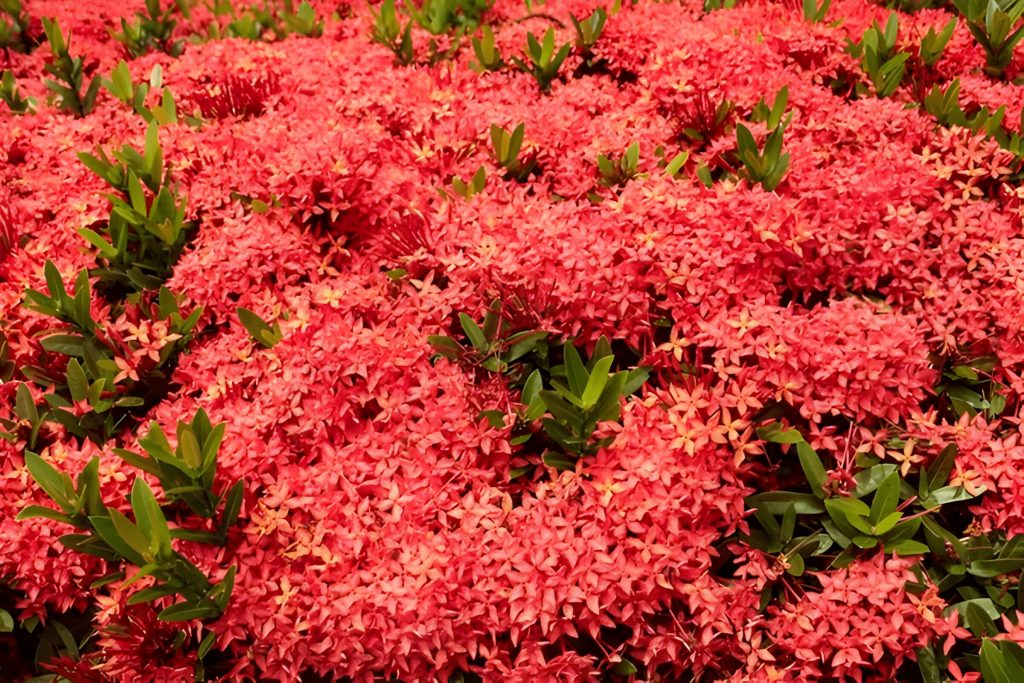
Ixora forms clusters of tiny, star-shaped flowers that create a breathtaking display. Each blossom is delicate and graceful, contributing to the plant’s overall charm. This tropical gem thrives in warm climates and adds a touch of elegance to any landscape. Ixora, a delicate flower, offers a mesmerizing spectacle with its clustered blooms.
6. Ginger Lily (Hedychium coronarium)

The Ginger Lily enchants with its pure white blooms and intoxicating fragrance. Its delicate petals and slender form create an air of ethereal beauty. This flower adds a touch of exoticism to any garden. Ginger Lily, a fragile flower, exudes elegance and fragrance.
7. African Violet
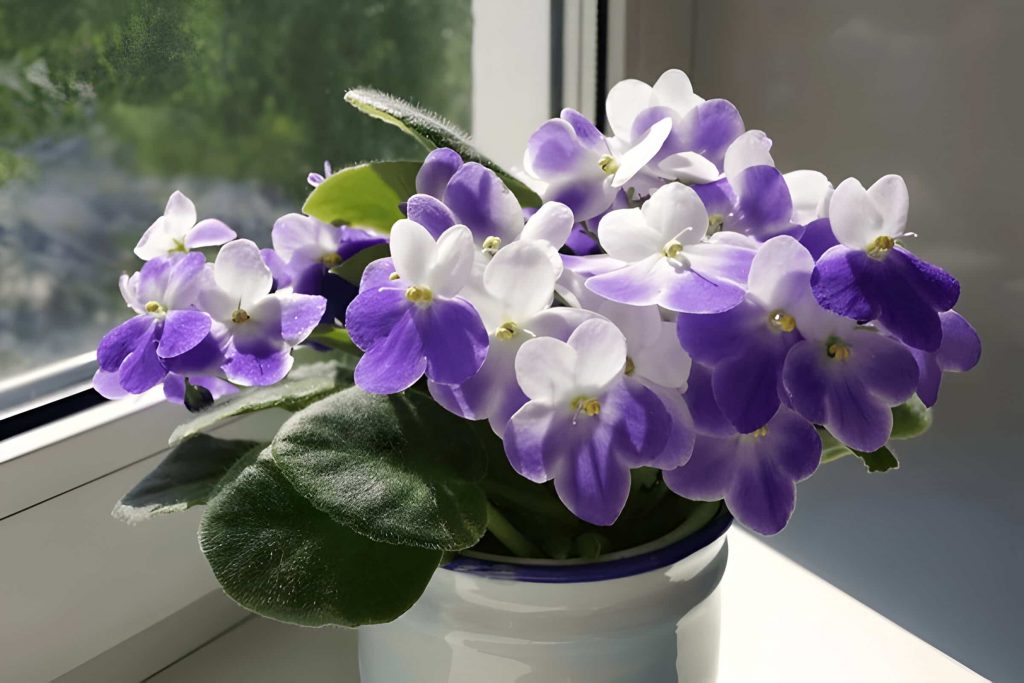
This beloved houseplant boasts velvety leaves and delicate flowers that come in a rainbow of colors. African violets thrive indoors, bringing a touch of nature’s beauty to living spaces. Their fragility demands gentle care, rewarding owners with blooms throughout the year. African violets, offer a vibrant display of color indoors.
8. Calatheas
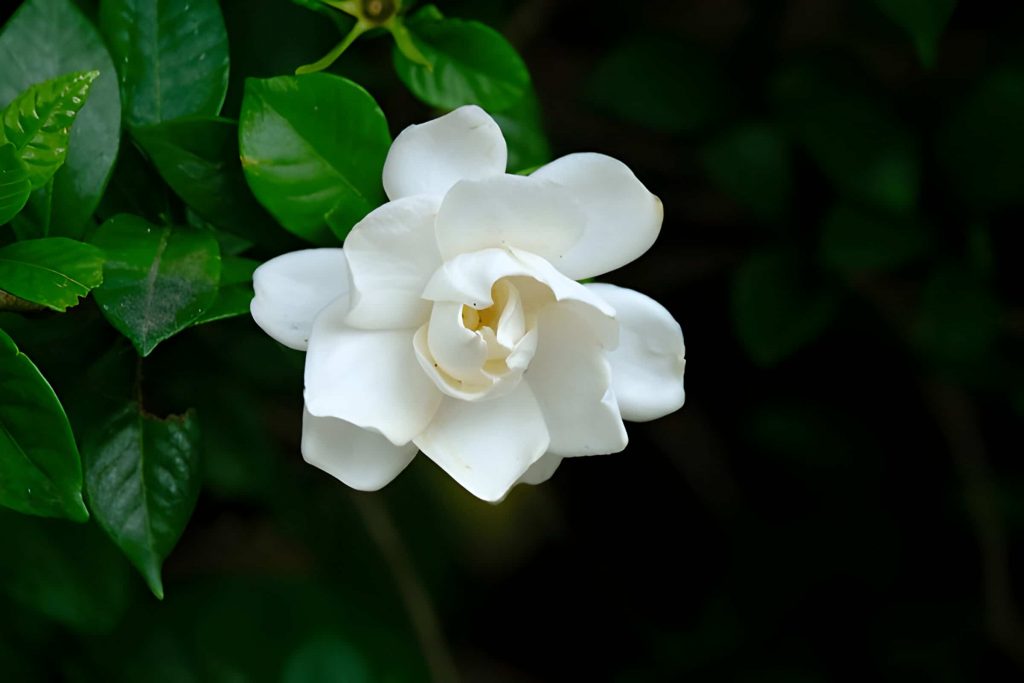
Calatheas showcase stunning foliage with intricate patterns and vibrant colors. While their leaves steal the show, their delicate blooms add a touch of elegance. These tropical plants bring a sense of the exotic to indoor environments. Calatheas, are living works of art with their intricate foliage and charming blooms.
9. Fuchsias

Fuchsia flowers resemble tiny ballerina dancers, with their graceful petals and drooping form. These delicate blooms come in a variety of colors, adding a touch of whimsy to gardens and hanging baskets. Fuchsias, bring a playful and elegant charm to any space.
10. Gardenias
Gardenias enchant with their velvety white blooms and intoxicating fragrance. However, their delicate petals bruise easily, demanding gentle handling. This classic flower adds a touch of luxury to any setting. Gardenias, offer a luxurious and fragrant experience.
These ten delicate flowers exemplify nature’s artistry, captivating hearts with their fragile beauty. Whether adorning gardens, gracing homes, or inspiring floral arrangements, these exquisite blooms bring joy and elegance to our world.
Caring For Delicate Flowers
Monitor Sunlight
Gentle Light: Delicate flowers often prefer indirect sunlight or filtered light. Direct sunlight can scorch their petals and cause premature wilting.
Ideal Placement: Choose a location that receives ample soft light, such as a north-facing window or a shaded spot in the garden.
Proper Watering
Balanced Moisture: Maintaining consistent moisture levels is crucial for delicate flowers. Avoid overwatering, as this can lead to root rot, and underwatering, which causes wilting.
Soil Quality: Ensure well-draining soil to prevent waterlogging.
Watering Techniques: Water at the base of the plant, avoiding wetting the leaves to prevent fungal diseases.
Humidity Control
Humid Environment: Many delicate flowers thrive in humid conditions. Use a humidifier or place a tray of water near the plants to increase humidity.
Regular Misting: Gently mist the foliage of plants that prefer high humidity to prevent dehydration.
Fertilization
Nutrient Balance: Feed delicate flowers with a balanced, diluted liquid fertilizer to provide essential nutrients without overwhelming the plants.
Timing: Follow the fertilizer instructions carefully, as excessive fertilization can harm delicate roots.
Avoid Over-Fertilization: Too much fertilizer can lead to salt buildup in the soil, damaging the plant.
By following these care guidelines, you can create an optimal environment for your delicate flowers to flourish and showcase their exquisite beauty.
FAQs About Delicate Flowers
Are Delicate Flowers Suitable For Indoor Cultivation?
Many delicate flowers can indeed thrive indoors with proper care. While some might require specific conditions like high humidity or intense light, others are well-suited to indoor environments. Orchids, African violets, and certain types of begonias are popular choices for indoor cultivation. By providing adequate light, humidity, and temperature, you can enjoy the beauty of these fragile blooms year-round.
What Common Pests and Diseases Are Delicate Flowers Susceptible To?
Due to their delicate nature, these fragile flowers are often targets for pests and diseases. Common culprits include:
Pests: Aphids, spider mites, mealybugs, and whiteflies are common pests that can infest delicate flowers.
Diseases: Fungal diseases like powdery mildew, botrytis, and root rot can also affect these plants.
Regular inspection and early detection are crucial for preventing and treating these issues.
What Are Some Unique Uses Of Delicate Flowers?
Beyond their aesthetic appeal, delicate flowers have been cherished for centuries for various purposes:
Perfumery: Many delicate flowers, such as jasmine, rose, and lily of the valley, are prized ingredients in the perfume industry.
Culinary Arts: Flowers like lavender, rose, and violet are edible and can be used to enhance the flavor and appearance of dishes.
Herbal Medicine: Some delicate flowers possess medicinal properties and have been used in traditional and modern medicine.
Art and Fashion: The beauty of delicate flowers has inspired artists and designers, influencing various forms of art and fashion.
When Is The Best Time To Visit Singapore To See These Delicate Flowers In Bloom? Singapore’s tropical climate allows for year-round floral displays, but the peak blooming season for many delicate flowers occurs during the cooler and drier months, typically between December and February. This period offers the best opportunity to witness a stunning array of delicate blooms across the city-state.

Does anyone have any success stories with growing delicate flowers? I’d love to hear them!